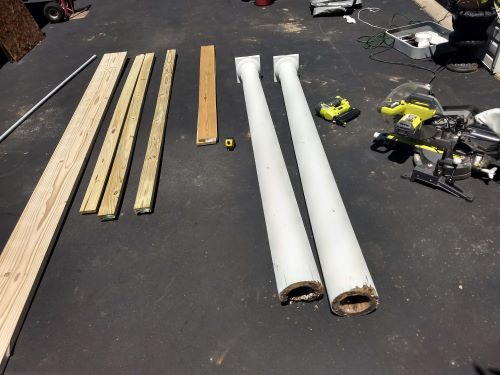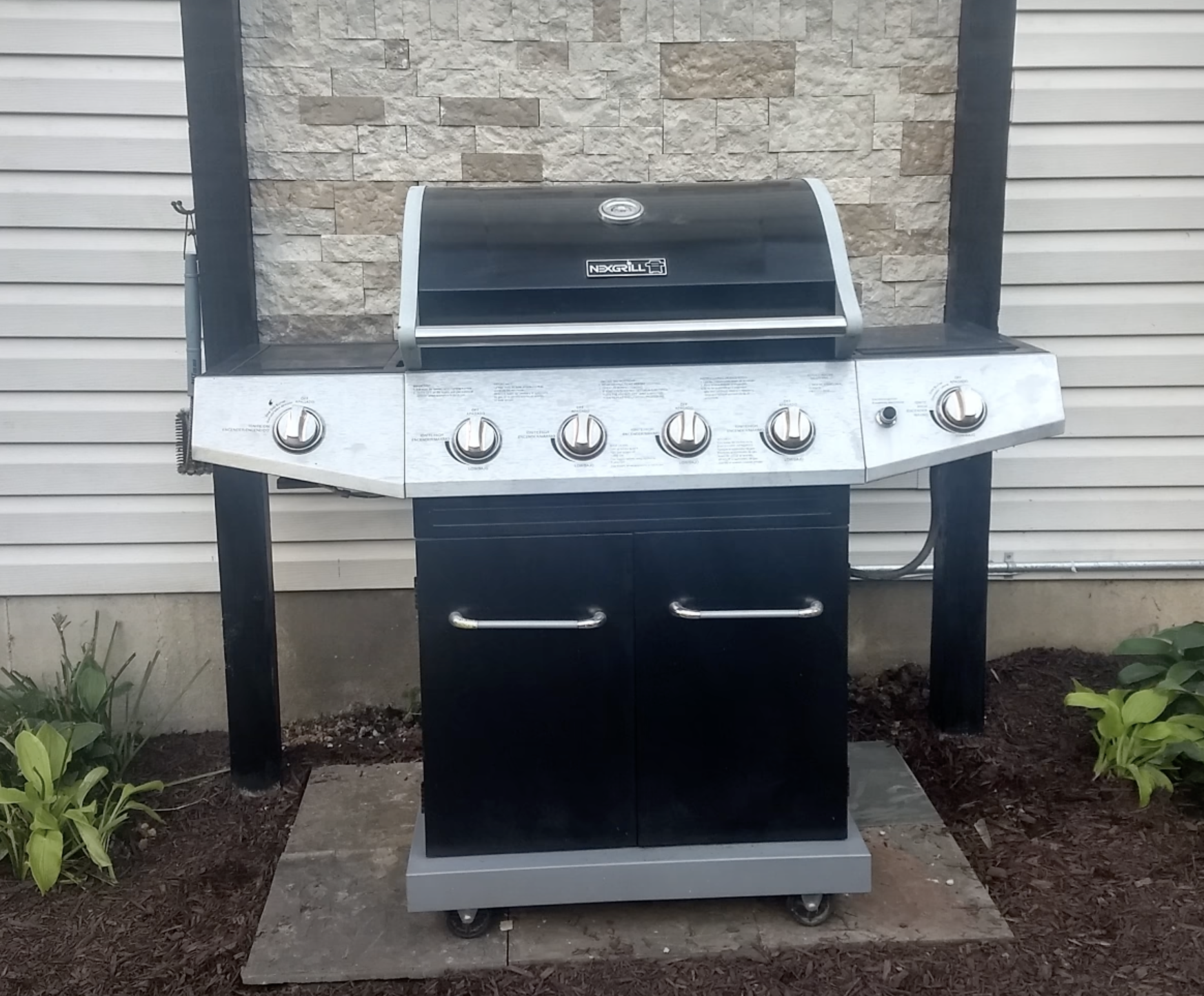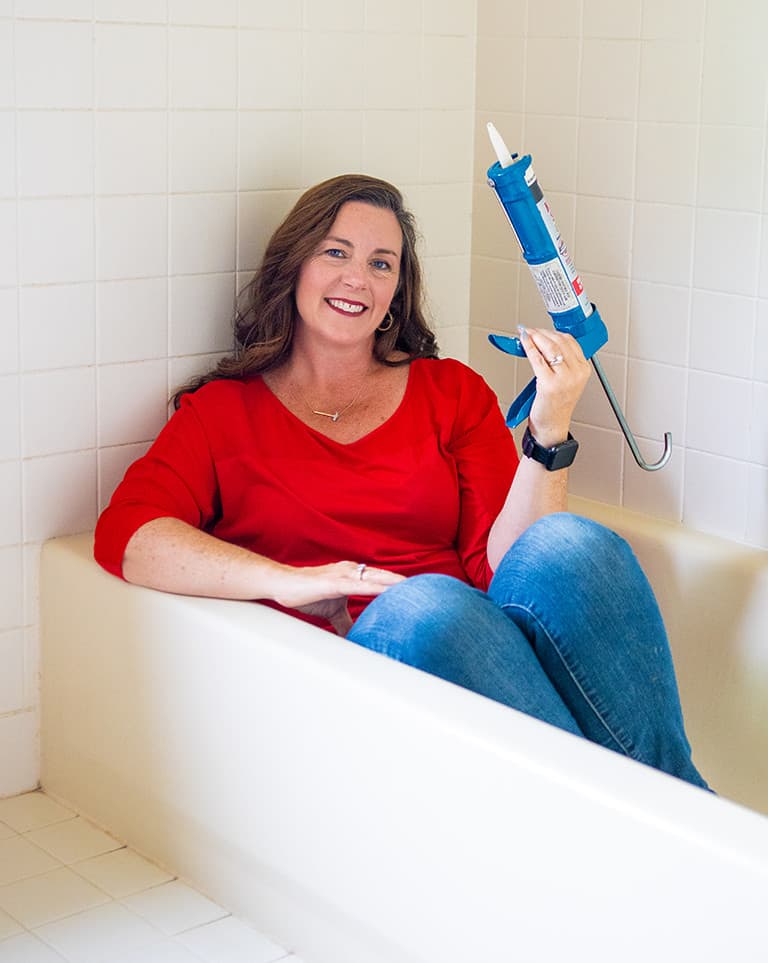Do your windows have more gaps and cracks than a plumber’s backside?
Neither one is a good thing. Seriously, precious warm air is drifting out and cold air is creeping into your home. It is time to weatherize; seal up and caulk up, so you can save serious money and simply feel more comfortable. But it is not just about windows and doors. There are many areas of your home you can protect and insulate from a cold harsh winter. Winterizing is an easy Do It Yourself project but you want to get it done sooner than later. Don’t wait until you are freezing your buns off. The timing is crucial. Caulks and adhesives on weather stripping need to be applied in temps higher than 40*. Ideally, October and November are the best months to get it done. There are many inexpensive, user friendly foams and gadgets you can use all over the house. Here are a few you can try at your home:
- Foam weather stripping – This sticky backed foam insulator comes on a roll and is made for doors and windows. It comes in various materials, colors and thicknesses. Read labels carefully to choose the right product. If you choose one that is too thick, you won’t get the door or window to latch and lock. Test a small area near locks before you do the whole project.
- Pipe insulators – These pre-slit foam tubes wrap around copper water supply pipes. They are ideal for pipes in cold basements, crawl spaces and near exterior walls. Frozen and burst pipes can be a costly home nightmare, so prevent it with a cozy wrap you can apply in minutes.
- Outdoor faucet covers – Deep freezing snow and ice can cause hose bibs to burst. Styrofoam domes tether to the handle and keep the valves from freezing. If you have an indoor shut off valve to hose bibs, be sure to turn them off in winter.
- Application Tips – Before applying any product to your home’s doors or windows, be sure that you have removed any old weather-stripping or caulk with utility knife or scraper. Use rubbing alcohol or a de-greaser to remove any extra residue. Apply products when surfaces are clean and dry and when temperatures and humidity levels are within recommended ranges. Yes, a few degrees can make a difference so read all label directions.
- Zip Away – This temporary caulk is perfect for those gaps that lay along open seams in windows where the upper and lower panes meet. Apply this clear caulk in the fall and simply peel it off in spring when you are ready to open the window again.
- Vent covers – Rarely used bedrooms don’t need to be heated like the rest of your home. Save energy by closing the door and applying a magnetic vent cover over air vents. This will force air to the other room and bypass less frequented space. Have a weekend guest. Remove the cover and let the space warm up ahead of their arrival.
- Drafty outlets? – Yes, you can have drafts coming from outlets on exterior walls of your home, especially if you have an older home or stone, brick, or stucco walls. Simply remove outlet plate covers and set a pre-cut, foam, fire retardant insulator around the outlet or switch and reapply the cover. Do not touch any exposed wires. It keeps out drafts and little buggers, too! It’ll take you just minutes to apply and costs about 50 cents per outlet.
- Shrink wrap my window? – Yes, grab your hair dryer and save! Plastic sheet window kits are a great way to seal in warmth. Apply the double sided tape to the window perimeter and then stick plastic sheets to the tape line. Blow the plastic with a hair dryer until it becomes taut. Voila! Instant draft barrier. A 6 pack of sheets cost under $10. Can’t beat that!
These are just a few of the many products to help you keep cozy this winter. It is very important that you read all directions and follow instructions well. For a complete line up of products available for your home, go to the Frost King website for details.
Most of these items are found at your local home center. Now, go get yourself some supplies and get crackin’ on those cracks!









